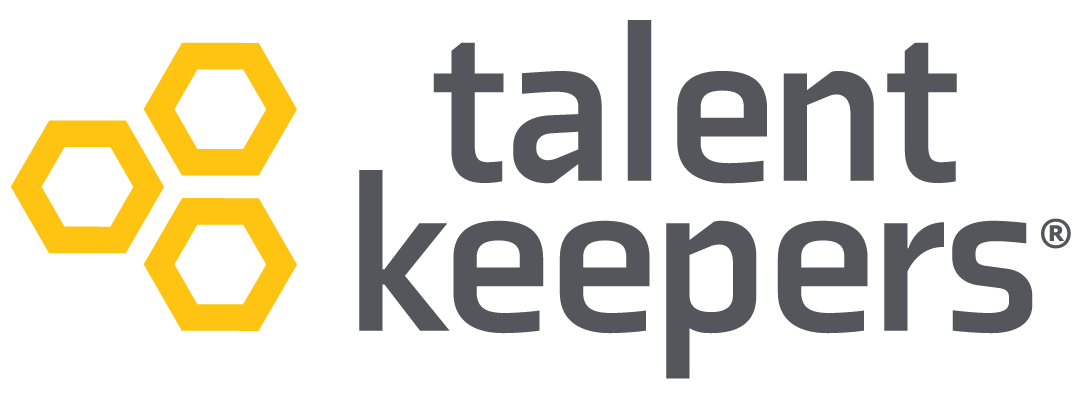Employee stay interviews are an essential part of the engagement process. Stay interviews help you understand what your employees like about their jobs and what keeps them engaged with your organization. Stay interviews can also highlight why an employee might consider leaving, making these interviews an effective retention tool.
Why Employee Stay Interviews Are Important For Employee Engagement
One of the top benefits of stay interviews is increased employee engagement and retention.
Employee engagement is the level of connection and commitment an employee feels with your organization. An employee stay interview is a conversation between you (the employer) and a current employee. The objective of the conversation is to discuss your employees’ experiences with the organization to strengthen their engagement and retention.
Important Aspects of Workplace Communication
Improving workplace communication is a primary benefit of stay interviews. With the rise of hybrid and remote work, it’s more challenging to maintain strong workplace connections with decreased face-to-face time. And even if your company is entirely in the office, stay interviews are a great way for you to stay connected with your workforce.
Keeping the lines of communication open is critical for improving employee engagement and retention. Stay interviews will provide an avenue for you and your employees to discuss what is going great and what might not be for them.
For an employee who is becoming disengaged, stay interviews are an opportunity for you to communicate to them how much you value their role in your company and want them to stay. Simply hearing that expression of their value can encourage an employee to re-engage.
Builds Employee Trust And Improves Satisfaction
Employees with leaders who listen to and act upon their concerns are more satisfied. An organization with a low sense of trust between leaders and their workforce is at significantly higher risk of overall low employee engagement and high turnover.
Conducting stay interviews can go a long way toward establishing and building trust between you and your workforce. Stay interviews will give your employees space to share their experiences with your organization and for you to respond and design actions to improve and strengthen their commitment.
Suppose your employees have a strong sense of trust that you (and other leaders within the organization) are committed to hearing and supporting them. In that case, they will have higher satisfaction with your company.
Reduced Employee Turnover
Reducing employee turnover is often one of the main objectives for companies that conduct employee stay interviews. High employee turnover can directly impact the success of your business and its organizational progress.
Stay interviews can give leadership insight into possible trends contributing to higher turnover. These might be related to overall workplace culture, challenges or obstacles within specific teams or departments, or leadership.
During stay interviews, if you can identify trends causing your employees to disengage, you can design informed action to address those causes. Communicating the follow-up action to your workforce will help to increase their engagement with the process and eventually improve retention within the company.
Learn Motivators of Top Talent
To retain your top talent, stay interviews should include topics related to the specific employee’s motivators. These elements aim to gain insight into what the employee seeks in terms of desired leadership qualities, recognition preferences, career aspirations, and engagement needs.
The goal is to identify what your employee needs or wants to be more fully satisfied – and less likely to leave for another organization. These questions require more self-reflection rather than simply commenting on trends in the company’s current environment.
Defining these motivators asks the employee to identify what they truly value. With a better understanding of what your top employees value, you can invest in meeting their needs and retaining them for the long term.
Keep A Pulse on Work/Life Balance
It’s more important than ever to ensure that your employees maintain a healthy work-life balance. Having an imbalance of personal well-being and professional involvement can lead to burnout. Burnout can creep into your employee’s professional life slowly, and it’s a leading factor in employee disengagement.
Use stay interviews to gauge employees’ work-life balance and determine if they show burnout signs. If an employee has been putting in extra hours and you suspect they are heading for burnout, it’s better to intervene before it happens.
Employees appreciate companies and leadership that value their well-being. Taking a proactive stance on work-life balance will help to nurture a positive workplace culture that your employees will reward with higher engagement and deeper commitment to their work and the company.
Pinpoint The Changes That Will Make A Positive Impact
Stay interviews needn’t always be concerned with negative trends or company-wide problems. They can also be opportunities to gain insights into how employees would like to grow in their roles or careers.
Moving to a new department, expanding or refining current responsibilities, or seeking a mentor are just a few examples of stay interview discussions that can deeply impact an employee’s perspective and engagement.
Your HR department can also pinpoint where to focus to deliver meaningful impact and develop retention strategies company-wide. These might include HR benefits or perks ranging from more new professional development opportunities to extra mental health benefits to family memberships at local attractions.
Demonstrates To Employees That The Company Values Their Feedback
More than anything, stay interviews demonstrate to your employees that your company values their feedback. Feeling heard and respected by leadership is a primary driver of employee engagement.
But to fully realize this, the stay interview must be the first step. Targeted action informed by the interview must take place for the employee to trust that you are authentically engaged with the process.
When your employees see that you are committed to hearing and acting on feedback to improve their experience and the overall workplace culture, they will be more motivated to engage with the process. With both parties embracing the process, you’ll maximize the benefits of stay interviews.
How To Use Stay Interviews To Improve Your Workplace
When you’re conducting stay interviews, there are some best practices to keep in mind. These practices will ensure excellent outcomes for this step in the engagement process.
Stay interviews should be conversations between employees and their direct supervisor or manager. This is an opportunity for them to build a foundation of trust, to establish open lines of communication, and to strengthen their working relationship.
Make sure to perform stay interviews with employees from various roles, tenures, and departments if you’re not conducting interviews with all your employees. Suppose you only do interviews with one employee demographic. In that case, you may be missing significant pieces of a larger puzzle, making up workplace challenges inhibiting your company’s progress.
A few key times during an employee’s tenure to conduct stay interviews. The first is a few months after settling into their new role. Give them a chance to settle in and get comfortable enough in the role to respond honestly and without reluctance. Conducting several stay interviews throughout the first year of employment can be beneficial. Perform annual stay interviews once the employee has crossed their first anniversary. Finally, conduct a stay interview when an employee (or employees in general) seems disengaged for extended periods.
What Are The Disadvantages Of Employee Stay Interviews?
Some aspects of conducting stay interviews might be viewed as disadvantages. However, these should not discourage you from implementing the practice at your company. The benefits far outweigh the potential downsides, and the downsides can be managed with thoughtful planning.
- Interviews with each employee take time. Stay interviews invest in your employees and their commitment to your company. This process must be embraced with authenticity for it to work. It takes time to conduct stay interviews effectively to maximize their benefits. The benefits are worth the investment: you’ll have satisfied, engaged employees committed to your organization’s success. When introducing stay interviews, consider focusing on your top performers first to understand what is (or isn’t) keeping them engaged.
- Stay interviews must be done regularly. Stay interviews should be conducted at least quarterly for them to be an effective practice. All organizations experience ebbs and flows in employee engagement. Conducting regular interviews will help prevent low engagement from becoming pervasive. And your commitment to the process will signal to employees that you value their feedback and satisfaction enough to make the time for this valuable process.
- Some employees may be reluctant to share their honest feelings. Trust is a critical element of a robust employee-manager relationship. Without trust, employees will be unwilling to share valuable feedback. Spend time building trust with your employees first for them to feel comfortable giving honest feedback, especially if it isn’t positive. Without honest feedback, the stay interview process can do more harm than good: it won’t shed light on current challenges to employee engagement, allowing them to fester.







